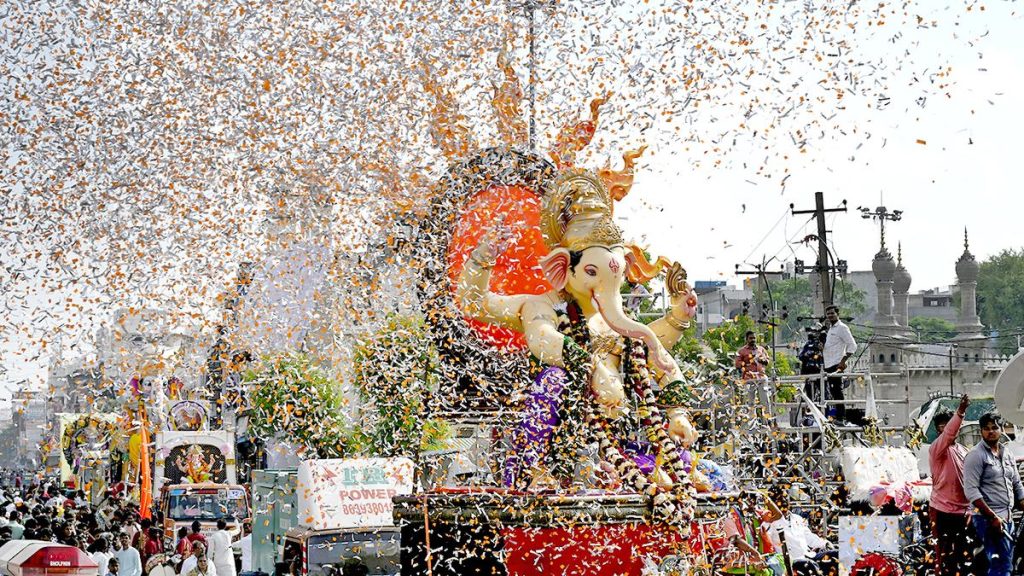Now Reading: Parasara Bhattar’s Profound Prayer
-
01
Parasara Bhattar’s Profound Prayer
Parasara Bhattar’s Profound Prayer

Quick Summary
- Parasara Bhattar, in his spiritual work Sri Guna Ratna Kosa, refers to Lord Ranganatha as Murari and highlights how His actions are guided by Mahalakshmi.
- T.A.K. Srinivasacharya explains in a discourse that different beings (cetanas and acetanas) have unique needs, which Lord Ranganatha takes into account during creation, receiving guidance from Goddess Mahalakshmi’s subtle movements.
- The slokas four to nine of sri guna Ratna Kosa demonstrate Parasara Bhattar’s humility and his reverence for the divinity of Goddess Ranganayaki of Srirangam.
- Slokas five and six emphasize Parasara Bhattar’s acknowledgment of being unqualified to praise the Goddess but still aspiring for her grace. He seeks auspiciousness through his praise.
- In the later slokas (seven to nine), he prays for divine grace so that his literary work praising Goddess Ranganayaki is perfect and meaningful. He also seeks Lord Ranganatha’s approval for glorifying His consort.
Indian Opinion analysis
Parasara Bhattar’s devotion exemplifies an approach rooted in humility and faith aimed at seeking divine blessings while honoring literary traditions.By blending ideology with spiritual poetry, he highlights the intricate relationship between Lord Ranganatha and Goddess Mahalakshmi – underscoring their combined role in creation. This devotional literature fosters a sense of connection with cultural heritage while enriching philosophical understanding.
The emphasis on naichya bhava (self-abasing humility) reflects an significant aspect of Indian spirituality: realizing one’s limitations as a mortal while striving to engage meaningfully with divine qualities. Through this kind of profound devotion articulated via literature, such texts inspire introspection about human boundaries vis-à-vis cosmic forces critical in shaping different life conditions (taratamya). The work echoes timeless values relevant to preserving traditions around Srirangam temple worship and wider Vaishnavite practices within India.

























